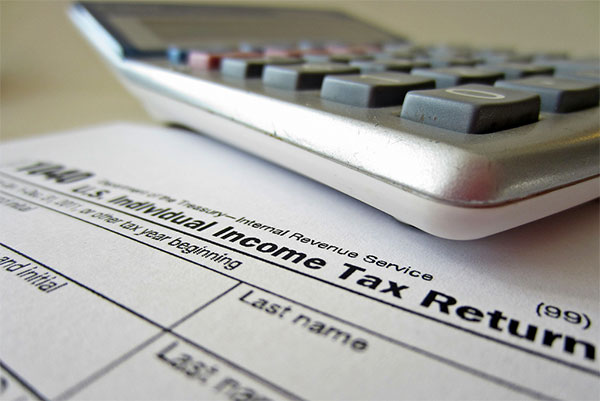Will The New Tax Plan Affect Loan Officers?
Small-business owners are now in position to apply useful tax benefits due to the numerous terms included in the House GOPs tax plan signed into law.
The section receiving the most interest to this point is the new tax rate for “pass-through business income” earned by a business structured as a sole proprietorship, partnership, limited liability company (LLC) or S-corporation.
Under federal IRS laws, these business types are known as “pass-through entities.” This arrangement would permit a pass-through business to define a percentage of its income as “profit” and have a potentially reduced rate of 25 percent on it, while the owner’s salary income could be taxed at the regular rate of as much as 39.6 percent.
That’s not all. The new tax plan’s objective is offering extra tax benefits for people who are self-employed. Below are the essential details.
For self-employed people, you are responsible to pay your portion of Social Security and Medicare taxes. The rate is 15.3 percent for income up to $127,200. On the other hand, if you’re defined as an employee, you pay a rate of 7.65 percent on Social Security and Medicare taxes, and your employer takes care of the other portion for you.
The new tax plan proposes a rule change so that the 15.3 percent self-employment tax wouldn’t apply to income that is on the new 25 percent rate. This provision could decrease taxes for many self-employed people by close to 30 percent along with the new lower rate on pass-through business income.
An additional tax break currently utilized by self-employed business owners is expanded with this plan. The self-employed are able to fully write off the cost of eligible equipment bought or financed in 2017. In 2017 the maximum deduction allowed is $510,000, and this is for business-related items such as computer equipment, office furniture, tools and even vehicles used for business. Of course, various restrictions apply.
The ceiling allowed for expenses will continue in its current form up to 2023 and then progressively increase to $20 million. The eligible property would be broadened to phase in qualified energy-efficient equipment such as heating and air conditioning put in service as of Nov. 2, 2017.
If you’re self-employed, you can still enjoy tax deductions on the medical, dental and certain long-term care insurance premiums you pay for you and your household even if you are not deducting items separately.
Furthermore, the self-employed can arrange and put money into their own retirement plan. The deduction for contributions they make into the plan are able to still be claimed as an adjustment to income on page 1 of IRS form 1040.
The preferred type of retirement plan is the self-employed 401(k) profit-sharing plan, which permits a person to make contributions both as an employer and as an employee. The convenience of this type of plan is that any major brokerage firm can easily set you up. You are able to make an additional contribution that’s a percentage of net profit and a fixed-dollar amount up to the 401(k) contribution limits (which is $18,000, or $24,000 for people above 50 years old in 2017).
For an individual who reports approximately $80,000 net profit from self-employment, the total amount claimable as a contribution for this plan works out to be $32,870 in 2017. For individuals who are over 50 years, you can make a contribution of around $38,870. If your net profit is $190,000 or more and you’re 50 and above the maximum contribution is $59,000.
Make sure you establish the self-employed 401(k) plan before year-end to be allowed to make a deductible contribution into on your 2017 tax return. The best thing to do is start now, before things get really hectic at the close of 2017.
